How To Grow Purple Needlegrass: A Guide To Purple Needlegrass Care
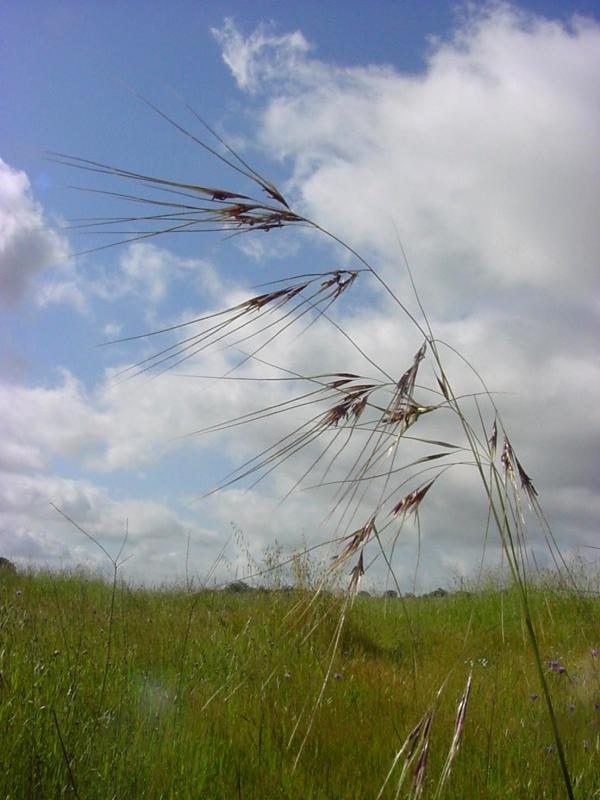

California, like many other states, is working on restoring native plant species. One such native species is purple needlegrass, which California named as their state grass because of its important history. What is purple needlegrass? Continue reading for more purple needlegrass info, as well as tips on how to grow purple needlegrass.
What is Purple Needlegrass?
Scientifically known as Nassella pulchra, purple needlegrass is native to the coastal hills of California, ranging from the Oregon border south to Baja, California. It is believed that before European settlement, purple needlegrass was the dominant bunch grass species in the state. However, it reached near extinction until recent conservation and restoration projects shed light on this almost forgotten plant. Historically, purple needlegrass was used as a food source and basket weaving material by Native Americans. It was, and still is, an important food source for deer, elk, and other wildlife. In the 1800s, purple needlegrass was grown for forage for livestock. However, it produces sharp needle-like seeds that could puncture the stomachs of cattle. While these needle-sharp seeds help the plant to self-sow, it caused ranchers to grow other, less harmful, non-native grasses for livestock forage. These non-native species began to dominate California pastures and fields, choking out native purple needlegrasses.
Growing Purple Needlegrass in Gardens
Purple needlegrass, also known as purple stipa, can grow in full sun to part shade. It is found growing naturally, or through restoration projects, on California’s coastal hills, grasslands, or in chaparral and oak woodlands. Usually considered an evergreen grass, purple needlegrass grows most actively from March to June, producing the loose, feathery, slightly nodding, cream-colored flower panicles in May. In June, flowers turn a purple color as they form their needle-like seeds. Purple needlegrass flowers are wind pollinated and its seeds are dispersed by wind too. Their sharp, needle-like shape allows them to easily pierce the soil, where they quickly germinate and establish. They can grow well in poor, infertile soils. However, they will not compete well with non-native grasses or broadleaf weeds. Although purple needlegrass plants grow 2 to 3 feet (61-91cm.) tall and wide, their roots can reach depths of 16 feet (5 m.). This gives established plants excellent drought tolerance and makes them perfect for use in xeriscape beds or for erosion control. The deep roots also help the plant survive fires. In fact, prescribed burning is recommended to rejuvenate old plants. There are a few things to be aware of, however, before growing purple needlegrass. Once established, plants do not transplant well. They can also cause and irritate hay fever and asthma. The needle-sharp seeds of purple needlegrass have also been known to get tangled up in pet fur and cause skin irritations or lacerations.
Gardening tips, videos, info and more delivered right to your inbox!
Sign up for the Gardening Know How newsletter today and receive a free copy of our e-book "How to Grow Delicious Tomatoes".
-
 My Homemade Orchid Fertilizer Always Brings More Blooms – Here's The Easy Recipe That Transforms Plants
My Homemade Orchid Fertilizer Always Brings More Blooms – Here's The Easy Recipe That Transforms PlantsScientist-turned-gardener Mary Ellen Ellis shares her tried-and-tested DIY orchid fertilizer recipe, plus more ingredients to try for healthy, happy plants.
By Mary Ellen Ellis
-
 Looking For Plants To Give You The Soft And Fuzzies? Try These 5 Fuzzy Leaf Plant Options
Looking For Plants To Give You The Soft And Fuzzies? Try These 5 Fuzzy Leaf Plant OptionsLovers of texture, drama, silver foliage and tactile plants will adore these special sensory garden additions. These fuzzy leaf plant options will leave you all aglow
By Susan Albert
-
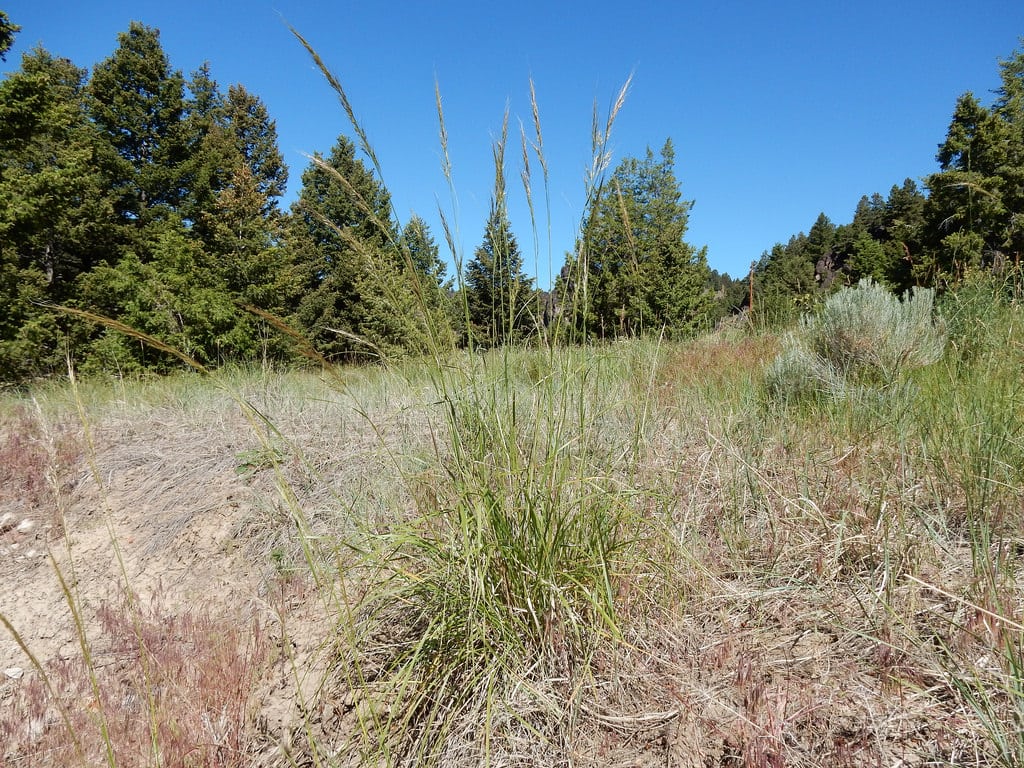 Green Needlegrass Information: How To Grow Green Needlegrass Plants
Green Needlegrass Information: How To Grow Green Needlegrass PlantsGreen needlegrass is a cool-season grass that is native to the prairies of North America. It can be used both commercially in hay production, and ornamentally in lawns and gardens. Click on this article to learn more about how to grow green needlegrass.
By Liz Baessler
-
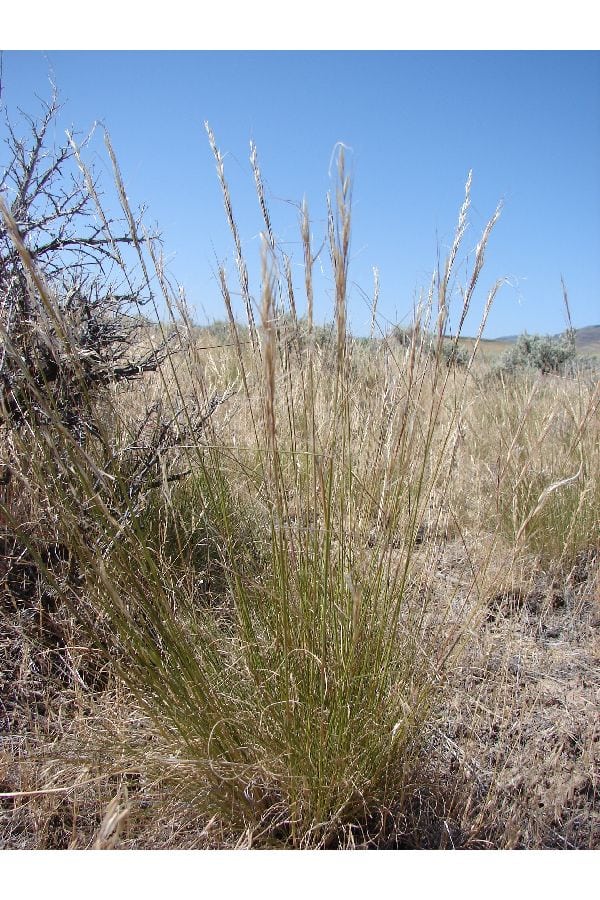 Thurber’s Needlegrass Information – Learn How To Grow Thurber’s Needlegrass
Thurber’s Needlegrass Information – Learn How To Grow Thurber’s NeedlegrassIf grass had superheroes, Thurber's needlegrass plants would be one of them. These natives do so much and ask for so little in return that it's a wonder they aren't better known. Click this article for more Thurber's needlegrass information.
By Teo Spengler
-
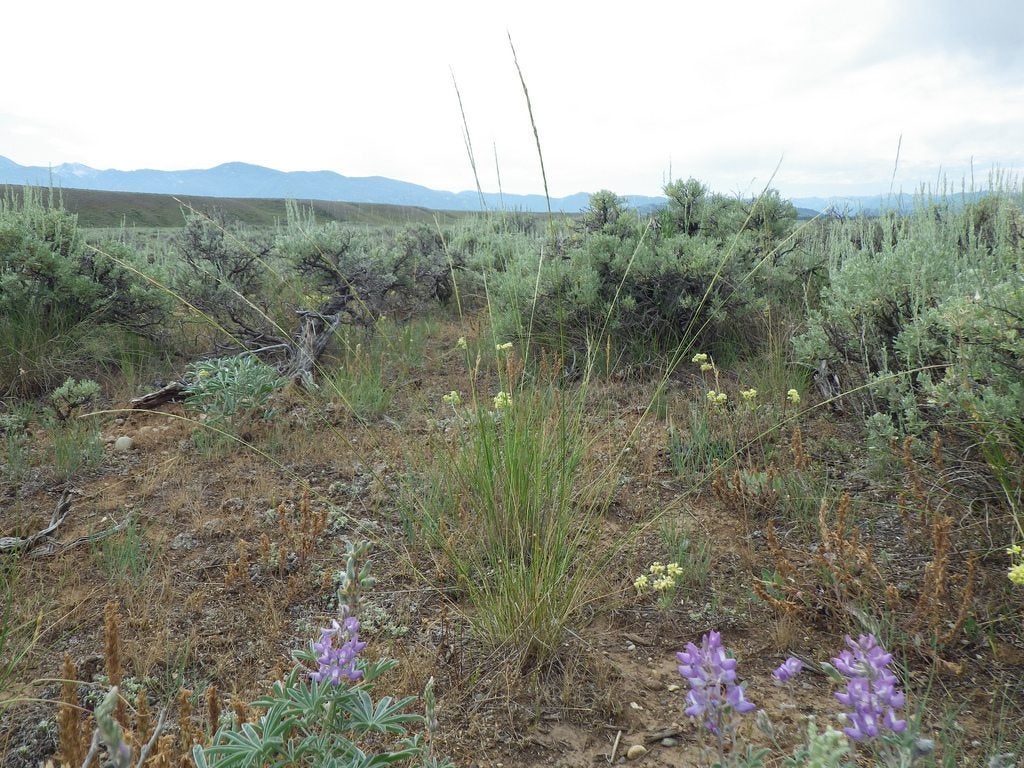 Letterman’s Needlegrass Info: Learn How To Grow Letterman’s Needlegrass
Letterman’s Needlegrass Info: Learn How To Grow Letterman’s NeedlegrassWhile remains green for much of the year, Letterman's needlegrass becomes more coarse and wiry (but still attractive) during the summer months. Loose, pale green seedheads appear from late summer to early autumn. Learn about growing this needlegrass here.
By Mary H. Dyer
-
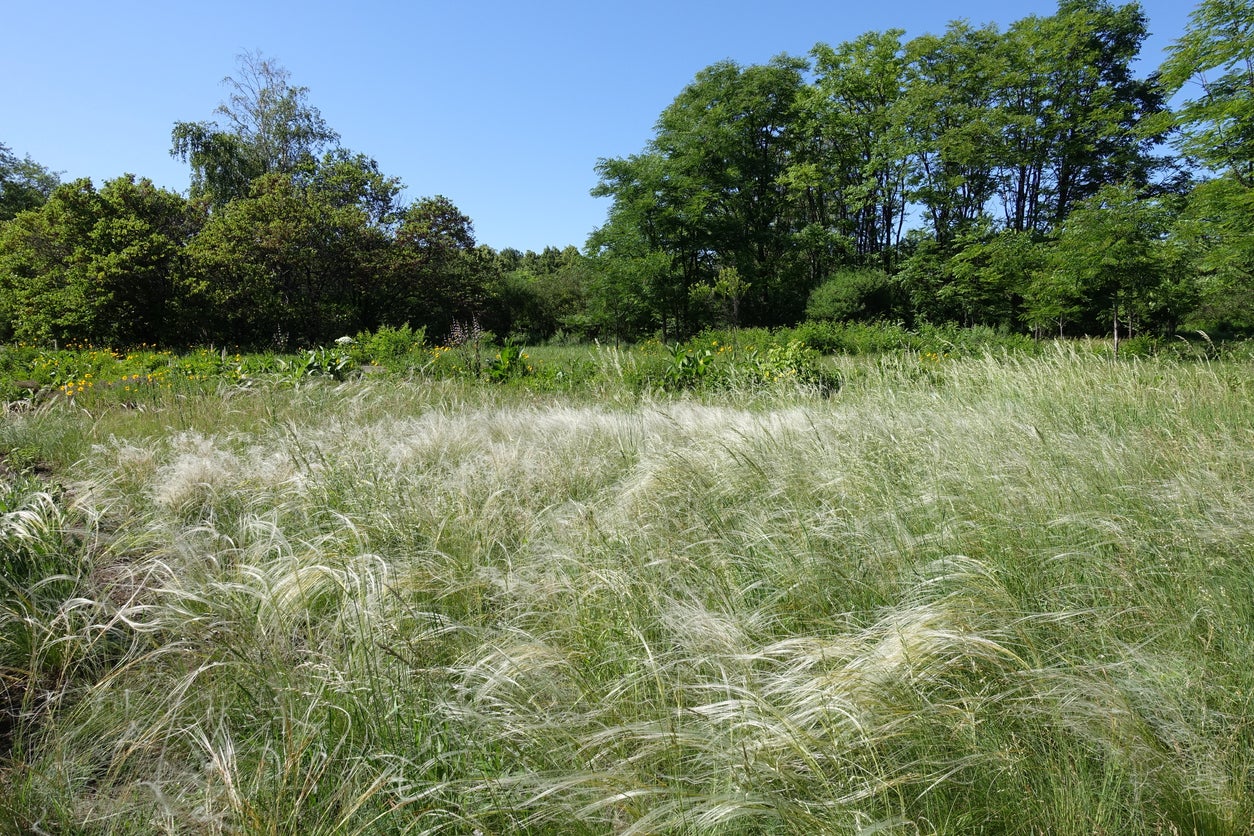 What Is Texas Needlegrass – Learn About Texas Needlegrass Info And Care
What Is Texas Needlegrass – Learn About Texas Needlegrass Info And CareTexas needlegrass is a perennial of grasslands and prairies in Texas, and nearby states as well as northern Mexico. It provides good forage for livestock but it can also be used in landscaping for visual interest or to create a natural prairie in your yard. Learn more here.
By Mary Ellen Ellis
-
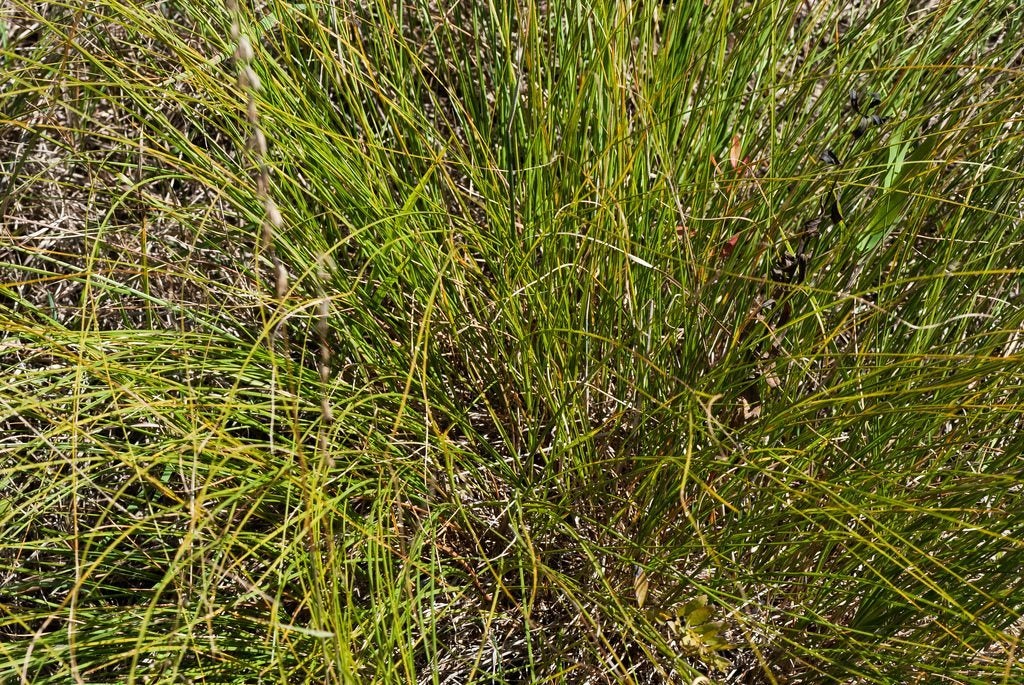 Different Kinds Of Needlegrass: Tips For Growing Needlegrass Plants
Different Kinds Of Needlegrass: Tips For Growing Needlegrass PlantsGrowing needlegrass plants in the garden helps reduce maintenance, since they are self-caring once established. There are several kinds of needlegrass. See which one is right for your garden needs in this article. Click here for additional information.
By Bonnie L. Grant